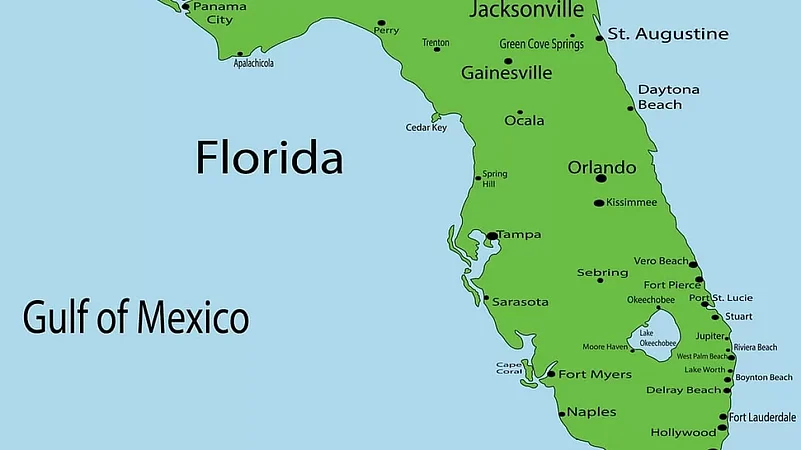Florida Governor DeSantis has taken proactive measures as Hurricane Idalia approaches. Over 1,100 National Guardsmen have been mobilized, accompanied by an arsenal of 2,400 high-water vehicles and rescue equipment. Officials have stockpiled 400,000 gallons of fuel at petrol stations along evacuation routes in preparation for the hurricane's aftermath.
However, officials have warned that power outages are anticipated for many residents as the storm lands. The forceful inland movement of seawater driven by the hurricane's powerful winds remains the most important concern of the authorities.
The Florida coastline is vulnerable to these surges, with some areas potentially experiencing surges of up to 11 feet (3.3 meters), as projected for several north-western towns. The ripple effect of Hurricane Idalia extends beyond Florida's borders, with neighboring states like Georgia, North Carolina, and South Carolina also bracing for potential heavy rainfall. Forecasters caution that the hurricane's impact might extend to these regions as well.
Meanwhile, on the eastern front, Hurricane Franklin, the first major hurricane of the season, looms with the potential for life-threatening storm surges along the US East Coast and Bermuda. Despite this threat, experts believe that the hurricane is not likely to pose a substantial danger on land.
The connection between climate change and the increasing frequency of tropical storms remains the point of discussion as the two hurricanes are about to fall. While the direct influence of climate change on storm frequency is yet to be fully understood, rising sea surface temperatures amplify the air's warmth and energy, serving as potential catalysts for more intense hurricanes and extreme rainfall.
















